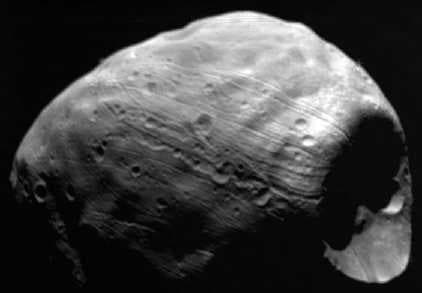The drama continues for the Russian Grunt mission, which had the purpose of going to Phobos and extracting samples.
The mission was supposed to launch, go to Mars, orbit it for a few months, then land on Phobos, extract samples of soil and rocks, then lift back up and return to Earth. However, the mission, as well as the Russian space program’s pride, suffered a significant blow, as the shuttle suffered an engine failure in our planet’s orbit.
Russians declared they have three days to solve the problem, but one has already passed, with no clear signs of progress on the horizon.
“So far all efforts to communicate with the craft have been unsuccessful,” lead mission scientist Alexander Zakharov of Moscow’s Space Research Institute told Reuters. “They are trying everything including visual methods to try to assess what is wrong with it, but of course the situation doesn’t inspire much hope.”
Experts say the problems originated when the computer onboard the craft failed to fire two engine burns to send it on its trajectory toward Mars; as a result, there is now only a small chance to fix it.
“In my opinion Phobos-Grunt is lost,” Vladimir Uvarov, a former chief Russian military expert on space, told the state-run Rossiiskaya Gazeta.
China is also a little disappointed, after trusting the Russians with their first Mars satellite, in a piggyback ride. Phobos-Grunt was also carrying bacteria, plant seeds and tiny animals known as water bears to see if they could survive outside Earth.










